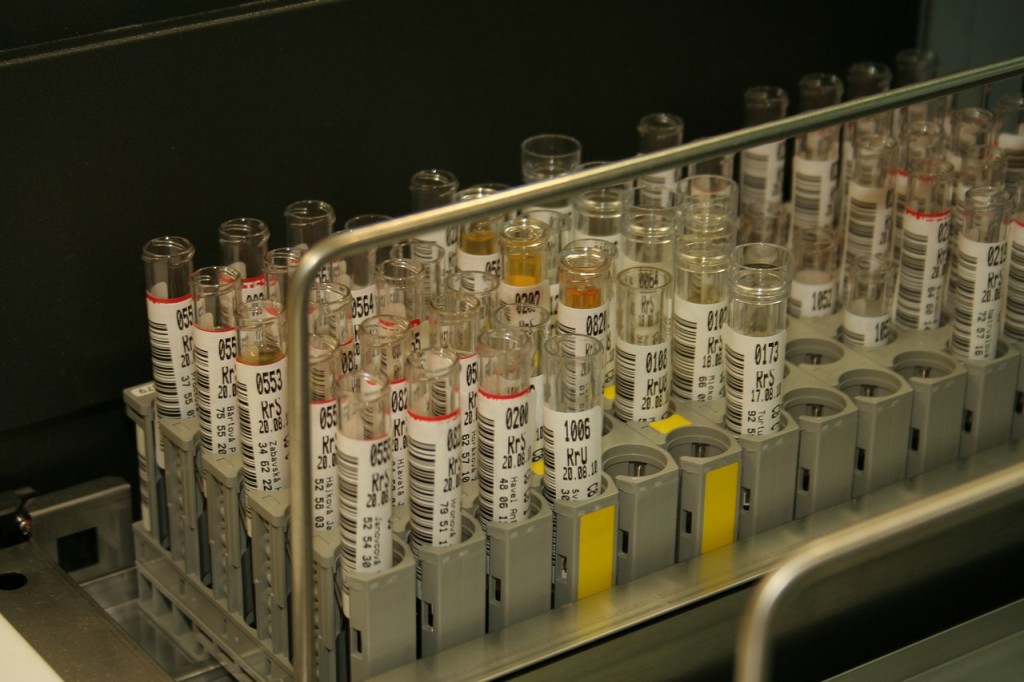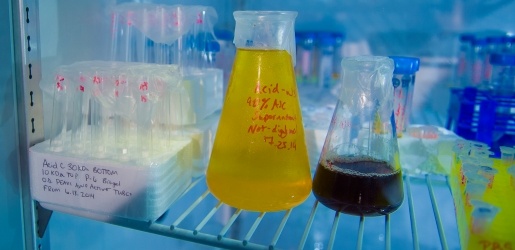Specialist Liquid Waste Removal Melbourne: Quick and Economical Solutions
Specialist Liquid Waste Removal Melbourne: Quick and Economical Solutions
Blog Article
Understanding the Comprehensive Refine of Liquid Garbage Disposal: Best Practices and Environmental Effect Factors To Consider
The monitoring of liquid waste disposal is a complex problem that calls for a thorough understanding of numerous finest methods and their connected environmental effects. From the types of fluid waste generated to the approaches employed for collection, therapy, and last disposal, each action plays a crucial duty in safeguarding communities and public health and wellness.
Kinds Of Liquid Waste
Comprehending the various kinds of fluid waste is vital for reliable monitoring and disposal methods. Liquid waste can be extensively categorized right into several kinds, each requiring distinct handling and therapy approaches.
Industrial liquid waste usually consists of dangerous materials, including hefty steels, solvents, and chemicals, generated during producing procedures. These wastes require rigorous governing compliance to protect human wellness and the environment. Residential liquid waste mostly refers to wastewater produced from houses, including sewer and greywater, which, although much less toxic, can still present significant threats if improperly taken care of.
Agricultural liquid waste, consisting of runoff from ranches, often has fertilizers and pesticides that can result in environmental degradation otherwise dealt with effectively. Medical fluid waste, created from health care facilities, consists of polluted liquids such as physical fluids and chemicals, calling for specialized disposal methods to stop infection and ecological contamination.
Lastly, oil and grease waste, generally produced by dining establishments and automotive sectors, can create extreme clogs in drain systems if not taken care of correctly. Understanding these categories assists in targeted techniques for therapy, conformity with regulations, and efficient disposal techniques, eventually advertising environmental sustainability and public health and wellness safety.

Collection Methods
Efficient collection approaches are essential for the appropriate administration of liquid waste, making sure that it is collected securely and effectively before therapy or disposal. Different strategies are employed relying on the type of liquid waste created, the quantity, and the certain qualities of the waste.
One usual technique is making use of committed collection containers or sumps, which are created to record liquid waste at the source. These systems often incorporate pumps that facilitate the transfer of waste to bigger storage containers or therapy centers. Furthermore, mobile collection units geared up with vacuum cleaner modern technology are employed in scenarios where waste is created intermittently or in hard-to-reach places.
For industrial setups, closed-loop systems can properly lessen leaks and spills, enabling the recuperation and reuse of liquid waste. It is additionally important to educate personnel on appropriate collection protocols to alleviate dangers connected with hazardous compounds.
In addition, executing regular maintenance routines for collection tools guarantees optimum efficiency and security. The combination of advanced monitoring systems can enhance collection efficiency by giving real-time data on waste degrees and prospective risks. In general, efficient collection methods are fundamental to sustainable liquid waste monitoring methods.
Therapy Procedures
Treatment procedures play a vital role in the monitoring of fluid waste, transforming possibly unsafe products right into multiple-use sources or safe effluents - liquid waste disposal. These processes can be generally classified into physical, chemical, and organic techniques, each tailored to resolve certain contaminants present in the waste stream
Physical treatment techniques, such as sedimentation and filtration, work by removing suspended solids and particle issue. These strategies are commonly the initial action in the therapy chain, effectively minimizing the lots on succeeding processes. Chemical treatments include the usage of reagents to reduce my explanation the effects of hazardous compounds, precipitate hefty steels, or oxidize natural toxins, therefore improving the security of the effluent.
Organic therapy processes, consisting of triggered sludge systems and anaerobic food digestion, maximize the all-natural abilities of microorganisms to deteriorate natural issue. These methods are specifically efficient for wastewater containing biodegradable pollutants. Advanced treatment innovations, such as membrane layer purification and progressed oxidation procedures, are significantly employed to accomplish greater degrees of purification.
Integrating a mix of these treatment techniques not only makes sure compliance with regulative standards however additionally promotes environmental sustainability by recuperating useful resources from fluid waste.
Disposal Options
Just how can companies ensure the risk-free and liable disposal of liquid waste? Effective disposal options are critical for securing public health and wellness and the environment. The key methods include land incineration, disposal, and treatment adhered to by discharge into local wastewater systems.
Land disposal involves the careful control of liquid waste in designated garbage dumps, guaranteeing that it does not leach into bordering dirt or water. Incineration, on the other hand, subjects fluid waste to high temperature levels, converting it right into ash and gases, which call for correct filtration to reduce discharges. This method appropriates for contaminateds materials that can not be treated with typical methods.
In situations where fluid check this waste can be treated, organizations may choose chemical or organic treatment processes to counteract hazardous elements before releasing the dealt with effluent into metropolitan systems. This path usually aligns with regulatory needs, guaranteeing that the effluent satisfies safety and security requirements.
Ultimately, companies need to conduct extensive analyses of each disposal option to identify its feasibility, thinking about aspects such as waste composition, regulative compliance, and prospective threats to health and wellness and the atmosphere. By choosing proper disposal approaches, organizations can add to a responsible waste monitoring technique.
Environmental Impact
The environmental impact of liquid waste disposal is a critical consideration for companies looking for to minimize their ecological impact. Furthermore, the discharge of unattended or inadequately treated waste right into surface area waters can result in eutrophication, leading to oxygen depletion and the succeeding death of fish and other microorganisms.

To alleviate these influences, organizations should take on best practices such as applying rigorous waste therapy review procedures, promoting recycling and reuse, and adhering to regulatory criteria. By taking a proactive method to liquid waste administration, entities can significantly lower their environmental impact while sustaining lasting development objectives. Ultimately, a detailed understanding of the ecological effects connected with liquid waste disposal is important for notified decision-making and accountable stewardship of natural deposits.
Conclusion
Efficient monitoring of liquid waste is vital for guarding ecological integrity and public wellness. By adopting ideal methods in collection, therapy, and disposal, together with adherence to regulatory standards, the potential for dangerous contamination of ecosystems can be substantially minimized. Continual advancements in modern technology and procedures add to lasting waste monitoring efforts. Eventually, an extensive understanding of liquid garbage disposal not just mitigates environmental impacts yet additionally cultivates a dedication to liable resource monitoring and ecological stewardship.
The management of liquid waste disposal is a complex concern that needs a complete understanding of different best practices and their linked environmental effects. From the types of fluid waste generated to the approaches used for collection, therapy, and final disposal, each step plays a vital role in securing environments and public wellness.The ecological effect of liquid waste disposal is a critical factor to consider for companies seeking to minimize their environmental footprint. Ultimately, a thorough understanding of the ecological influences associated with liquid waste disposal is vital for educated decision-making and liable stewardship of natural sources.
Eventually, a thorough understanding of liquid waste disposal not only mitigates environmental impacts but additionally fosters a dedication to accountable resource management and environmental stewardship.
Report this page